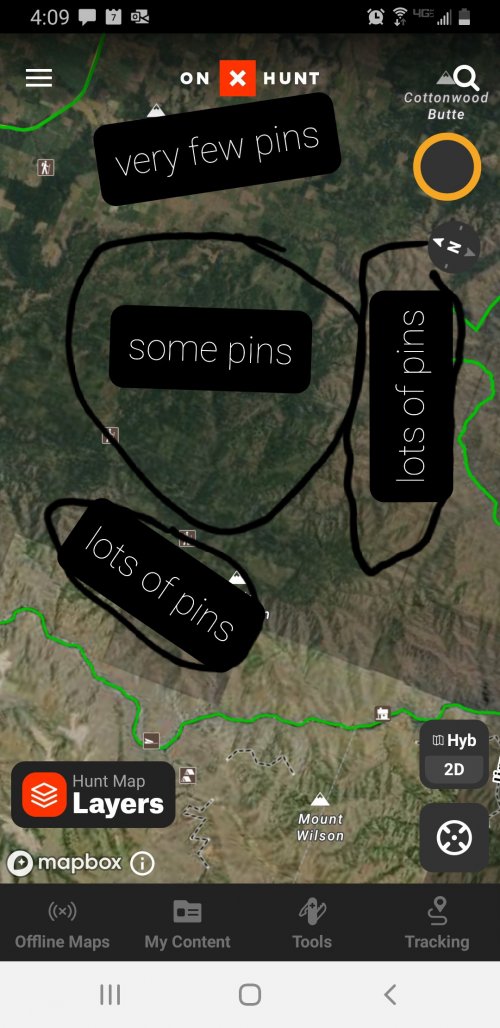Elkmagnet
Well-known member
Spring elk sheds,I’m not convinced you could decipher clusters in a beneficial way. Again, do the clusters tell you where the elk are, or where the people are?
I absolutely could.
Sept elk,
To many variables I live in a unit with lots of miles between elk herds. I find them in the same spots over and over again. If they are not there I find the reason and use it to find them. (Hunting pressure, dry year, wet year, ect)
I also have a lot of spots pinned that aren't mine I have been trusted with info and am respectful of whoever shared it.
So it is guarded.
Also I don't think you know enough about me to have an opinion. Maybe you couldn't. I would be able to use the info.
I would like my onx locations protected with the utmost scrutiny. With that said I personally dont think they are doing anything nefarious.
Until you start posting specific locations with each hunt you are talking out both sides of your mouth with this argument.





